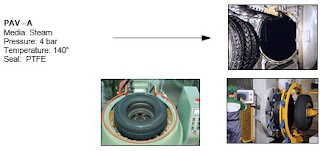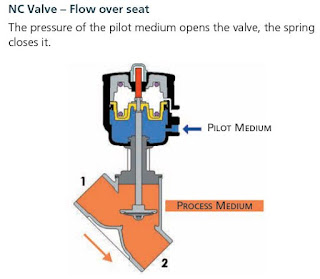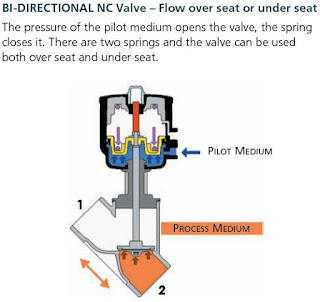Piston Valve Applications: Curing of Retreaded Tyres
M&M Piston actuated valves can be used in a wide variety of applications, in this next series of blog posts we are going to provide some examples of the type of applications that they have been used in and the type of valve that we would recommend for the application.
Piston actuated valves used in the curing of retreaded tyres:
Piston actuated valves used in the curing of retreaded tyres:
In
re-treaded tyres the worn tread has been removed and replaced with new material
of the same type as the original.
Old
undamaged tyres are used as raw material.
Tyre's can be retread because the life
of the framework is usually longer than the life of the tread.
The market of re-treaded tyres is growing
steadily; their success is due to reliability, money saving, environmental
protection. Re-treaded tyres are mainly used on planes and
lorries; car owners may often choose this alternative too.
The re-treading process
consists of an inspection of the framework to check its suitability to be
re-treaded, a scraping of the remains of the worn tread, the laying of the new
tread ring, the check of centering and balancing, and a final curing when the
new tread becomes a whole with the framework.
During the cold process, the
tread ring that is laid is pre-moulded and the curing is carried out inside an
autoclave. Valves (A) in the autoclave control steam at 140° at the
pressure of 4 bar to warm up the chamber.
During the hot
process the tread ring is smooth and is moulded in the curing press.
There are two valves on the
curing press: one (B) controls diathermic oil at 130° at the pressure of 2 bar
for warming up the mould; the other (C) controls an air and steam mix at 90° at
3 bar used for inflation.
Temperatures and pressures
are calculated for an optimal balance between safety of the outcome and respect
of the framework.
The type of valve we recommend for this applications is:
You can view the V-Flow Solutions range of M&M Piston actuated valves here:
V-Flow Solutions: Piston Valves
You can read the rest of V-Flows blogs here.
Technical Information
You can read the rest of V-Flows blogs here.
M&M Angle seat piston valves
M&M piston valves are highly recommended under these conditions:
M&M piston valves are manufactured in Italy, using the highest quality materials for a high quality product.
M&M piston actuated valves use an external control media to pilot the actuator, where a piston valve is directly connected to the main seal that closes onto the main orifice, thereby controlling the flow of liquids and gases.
- Media containing dirt particles
- Highly viscous media (up to 600 cST (80°E); 1 centistoke = 1 mm2/s)
- High flow volumes
- High temperatures
- Damp environments or hazardous locations
|
|
|
|
|
Technical Information
The main seal material used in piston actuated valves:
A modified PTFE has been used as the main seal material since 2004, when it replaced the original PTFE material seal.
The modified PTFE seal provides these benefits over the previous verision:
- Lower porosity and permeability
- Fewer void spaces
- Higher elasticity
- Reduced deformation under load
- Better chemical resistance to controlled media
- Smoother surface and improved design flexibility
The standard bonnet seals consist of 2 'V'-shaped FKM gaskets and a package of 25% graphite-filled PTFE gaskets.
High temperature Piston actuated valves:
M&M can offer a piston valve that can be used up to 200°C, provided that the valve pressure limits are respected.
The main differences, in regards to the materials in this design, are as follows:
The main differences, in regards to the materials in this design, are as follows:
- Change of the actuator material: From standard PA6 to PA66 filled with 30% fibreglass
- All valves with DN > 25 with fixed plug design (to withstand turbulence caused by steam at high speed)
- Special design of bonnet chevrons, all are made of 25% graphite-filled PTFE
10 Reasons to use a piston actuated valve:












Comments
Post a Comment